“CBD” is an abbreviation for cannabidiol, a non-psychotropic chemical compound found in the hemp plant. CBD is also found in marijuana, which is a cousin of the hemp plant. At Purely CBD, we only use CBD that is derived from the hemp plant—not marijuana.
Our Broad Spectrum CBD products do not contain tetrahydrocannabinol (THC), the psychotropic ingredient in marijuana that causes a euphoric “high.” Our Full Spectrum CBD products contain 0.3% THC or less, in compliance with FDA requirements.
As more research about CBD rolls out, nausea, fatigue, and irritability have been reported as possible side effects. CBD may also increase the level of the blood thinner coumadin, however, this effect also takes place with grapefruit juice consumption.
The Agricultural Improvement Act of 2018 was signed into law on December 20, 2018, legalizing hemp in the U.S. and removing its title as a Drug Enforcement Administration (DEA) Schedule I controlled substance. CBD products are authorized to be sold in the U.S. as long as they contain less than 0.3% THC. At Purely CBD, we ensure our products are derived from hemp and meet FDA requirements.
Only one prescription CBD oil product, called Epidiolex, has received FDA approval. Used to treat epilepsy, it is considered effective at reducing seizures. However, since CBD was only recently legalized, not enough research has been completed to determine all of its benefits. Currently, studies are testing CBD effects, including CBD oil for pain. However, these benefits have not been proven, and the FDA has not approved the use of CBD to treat these conditions.
Purely CBD Broad-Spectrum products will not cause you to fail a drug test for THC, because we remove all traces of THC from our products and test them for THC content in third-party labs. Our Full-Spectrum CBD products contain 0.3% THC or less, which meets FDA requirements. It is possible that some drug tests may detect the presence of cannabidiol (CBD).
When selecting a CBD product, it is important to consider the quality and safety of a brand. Trustworthy brands will have a certificate of analysis, or a COA. It basically ensures the quality of the CBD and that the product contains the advertised quantities of CBD that a manufacturer claims. Find our certificate of analysis on our website under “Lab Reports”.
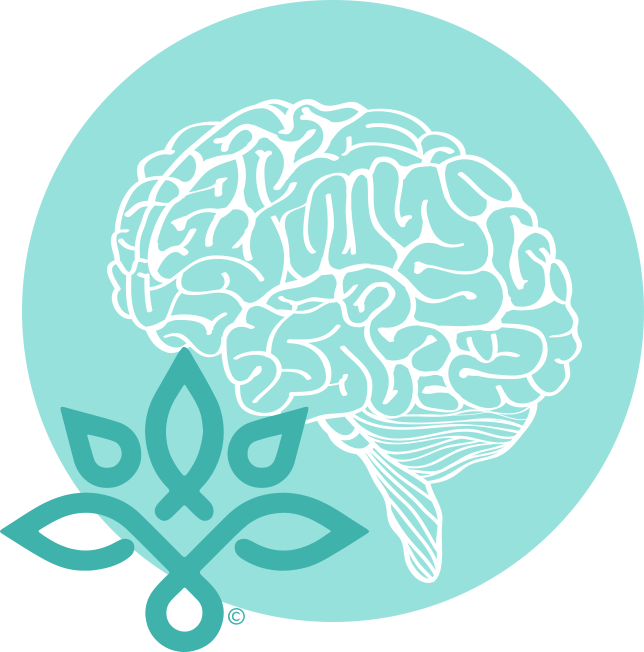
The Endocannabinoid System
The endocannabinoid system (ECS) is a complex cell-signaling system identified in the early 1990s. More research is being conducted to fully understand the ECS, but so far we know it plays role in regulating a range of functions and processes, including:
sleep mood appetite memory reproduction and fertility
The ECS exists and is active in your body even if you don’t use cannabis.
How The ECS Works
The ECS involves 3 main components: Endocannabinoids, Receptors, and Enzymes.
1) Endocannabinoids
Also called endogenous cannabinoids, endocannabinoids are molecules made by your body. They’re similar to cannabinoids, but they’re naturally produced by your body. There have been 2 key endocannabinoids identified:
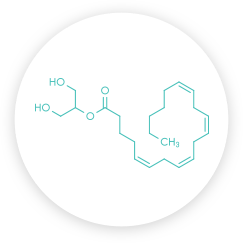
Anandamide (AEA)
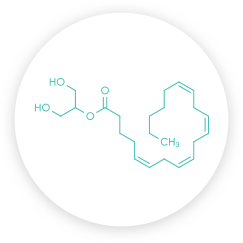
2-arachidonoylglycerol (2-AG)
These assist in keeping internal functions running smoothly and are naturally produced by your body as needed.
2) Endocannabinoid Receptors
These receptors are found throughout the body and are bound by endocannabinoids in order for them to signal that the ECS needs to take action.
There are two main endocannabinoid receptors:
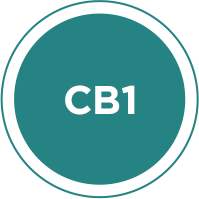
CB1 receptors,
which are mostly found in the central nervous system
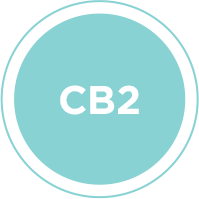
CB2 receptors,
which are mostly found in the central nervous system
Endocannabinoids can bind to either receptor and the effects depend on where the receptor is located and which endocannabinoid it binds to. For example, if endocannabinoids target CB1 receptors in a spinal nerve, it could help to reduce pain. If they bind to a CB2 receptor in your immune cells, that could signal that your body is experiencing inflammation.
3) Enzymes
Enzymes are responsible for breaking down endocannabinoids once they have completed their functions. The two main enzymes in the ECS are:
• Fatty acid amide hydrolase, which breaks down AEA
• Monoacylglycerol acid lipase, which typically breaks down 2-AG
How Does CBD Interact with the ECS
Cannabidiol (CBD) is a major cannabinoid found in cannabis, besides tetrahydrocannabinol (THC). Unlike THC, CBD does not give you that “high” feeling and typically does not cause any negative effects. The non-psychoactive properties of CBD have made it ideal for therapeutic use.
Research has found that CBD does not bind to CB1 or CB2 receptors in the same way that THC does, but it does help prevent endocannabinoids from being broken down. This allows them to have more of an effect on your body.
While research is constantly being conducted, many have found that CBD can help with pain, nausea, and other symptoms associated with multiple conditions.